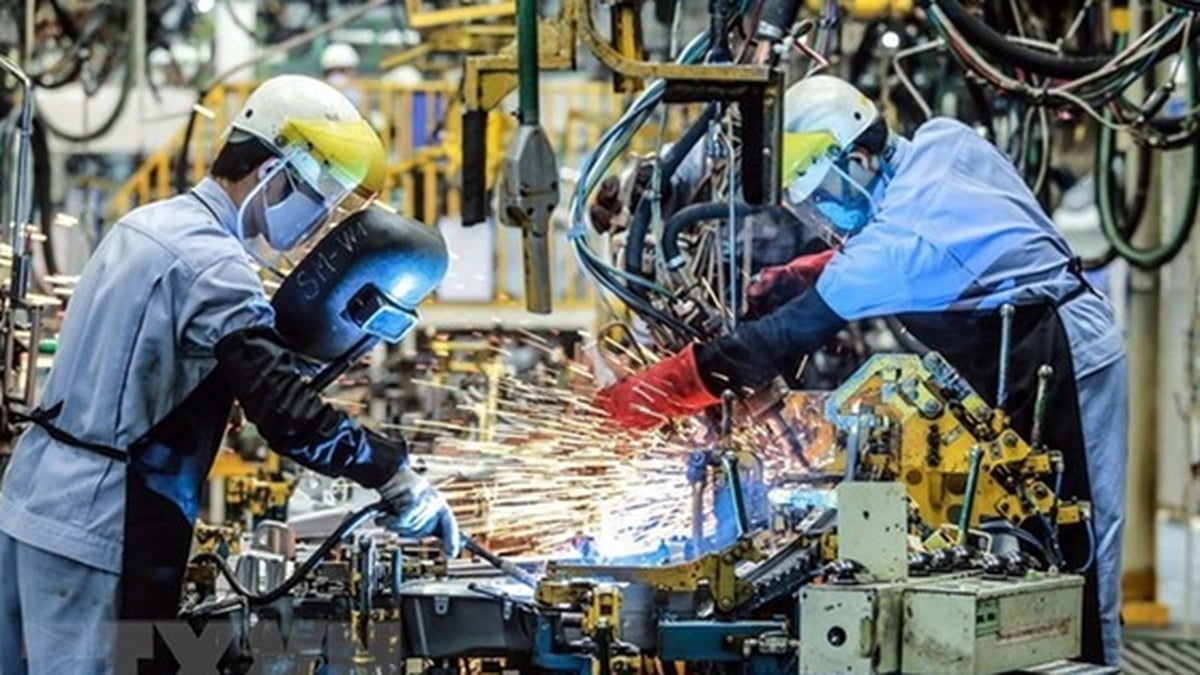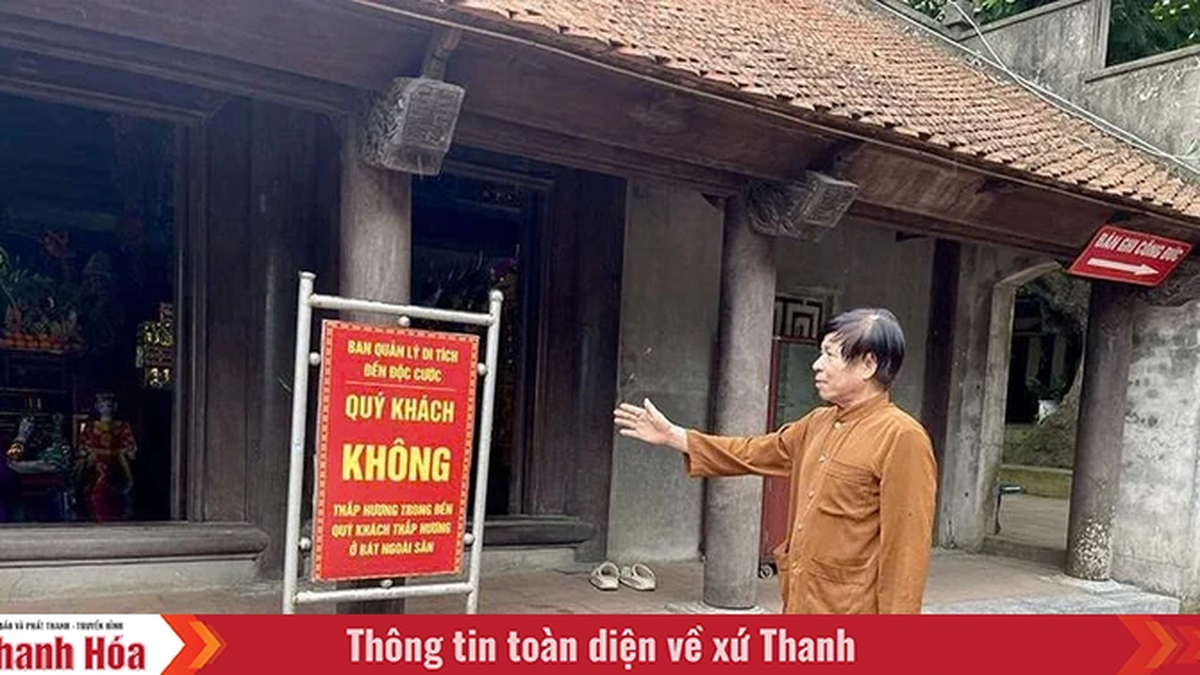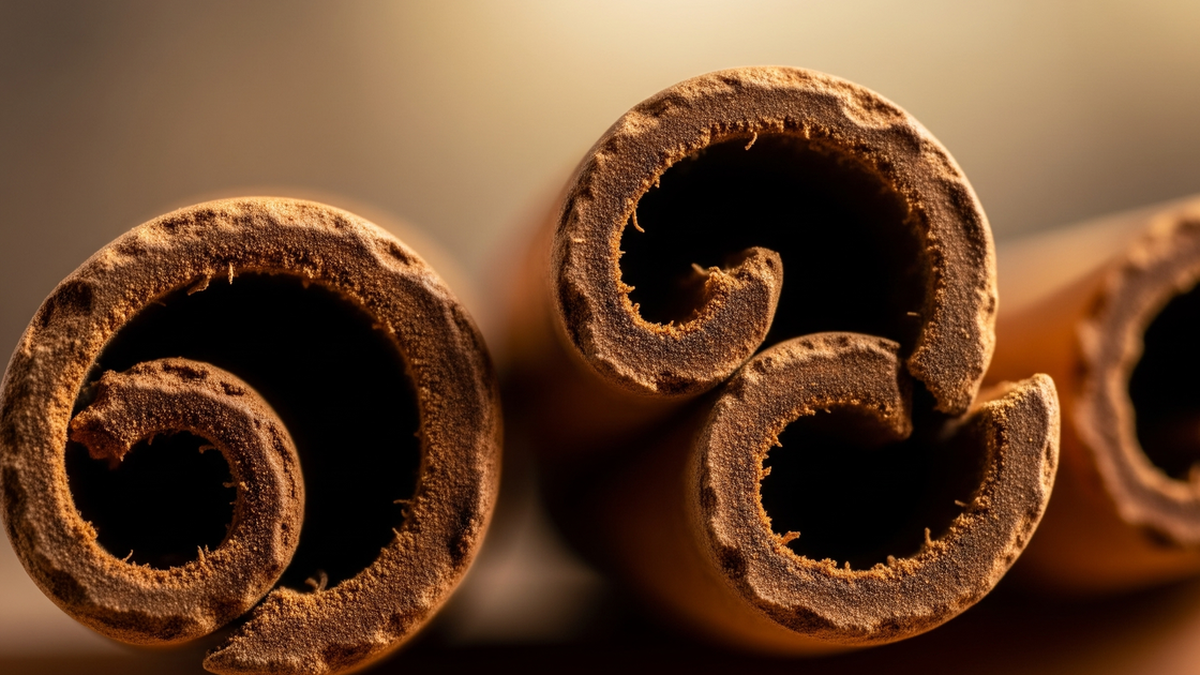
Insurance by personal commitment
The exhibition "Old Souls, Strange Wharf" organized by Sotheby's auction house in Vietnam in July 2022 is the first time the domestic public has the opportunity to visit works by Vietnamese artists abroad. This is also the first time domestic collectors have lent works for exhibitions with insurance contracts of up to millions of dollars.
Curator Ace Le (Vietnam Market Director of Sotheby's) recounted: “In the exhibition "Old Souls, Strange Wharf", what we care about most is the insurance for the artworks. There are collectors who lend many paintings and the insurance contracts are up to millions of dollars. The team that transports the artworks and makes the insurance contracts all come directly from Hong Kong, the headquarters of Sotheby's, to work and negotiate with domestic collectors. Because these works are of great value, we try not to let any mistakes happen, that is the almost absolute professionalism of prestigious auction houses in the world".
It can be seen that this professional step is almost unprecedented in the domestic market. A series of large-scale exhibitions take place during the year, borrowing works for display is nothing strange, but it is mainly a verbal commitment and mutual trust between the artist - collector - organizer - curator. A domestic curator shared: "There was an exhibition taking place in Hanoi , I was in charge of the organization, and borrowed a painting from an artist in Ho Chi Minh City. I had to transport it myself, and had to buy two adjacent plane tickets, one for the seat, one for the painting. Consignment is something I dare not think about, because if there is any negligence during the transportation, we cannot compensate, while our country currently has almost no insurance for works of art".
Lack of restoration staff
Another major obstacle is that if the artwork is damaged during transportation during the exhibition, domestic restoration is almost impossible. Previously, to restore the paintings of artist Nguyen Phan Chanh, the Vietnam Fine Arts Museum asked for experts from the IWAI Art Restoration Academy, Japan. Or works such as Em Thuy by artist Tran Van Can, Mother and Child by artist Le Thi Kim Bach, Wine Can by artist Ka Kha Sam... when restored, all had to rely on the support of foreign experts.
Another typical example is the exhibition "Hoa duyen tuong ngo" (Encounter Paintings) to celebrate the 100th anniversary of the birth of painter Tran Phuc Duyen (1923-1993) which took place last July. The organizing group, including Pham Le Collection (two collectors Pham Quoc Dat and Le Quang Vinh), Quang San Art Museum and the family of the late painter Tran Phuc Duyen, had to spend a lot of effort to restore the works to introduce to the public. Collector Pham Quoc Dat said: "After the painter passed away, all of his works were packed and stored until 2017 when they were discovered. After more than 20 years without proper preservation, they were damaged. Therefore, the paintings had to be repaired and restored to ensure their aesthetics and quality before being exhibited as well as for the preservation process later. Some works took nearly a year to restore, to ensure the most intact artistic spirit that the painter put into the work."
In charge of restoring some paintings by artist Tran Phuc Duyen, Ms. Hien Nguyen (painting restoration specialist) shared: “Initial research is very important, because restoration requires understanding the spirit and techniques that the artist used in order to do it right. For some paintings, the research on materials and painting techniques took 5-6 months. A successfully restored painting must return to its original beauty, without altering the original, unless it has the consent of the artist himself.”
It can be seen that restoration and preservation go hand in hand in the work of collecting and displaying art. The domestic market is making clear progress and defining itself, but the current professional workforce is still not enough to meet the demand. And not only in the story of painting restoration, even the domestic curator team, mostly still relies on many years of professional experience, while formal professional training can be counted on the fingers. There is also no domestic training facility for curators and painting restorers to meet the basic needs of the professional art market.
Source




















































![[Maritime News] More than 80% of global container shipping capacity is in the hands of MSC and major shipping alliances](https://vphoto.vietnam.vn/thumb/402x226/vietnam/resource/IMAGE/2025/7/16/6b4d586c984b4cbf8c5680352b9eaeb0)












































Comment (0)